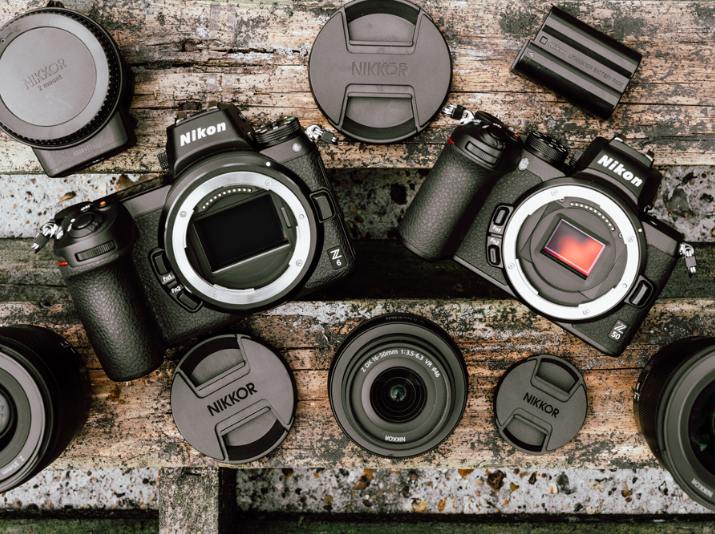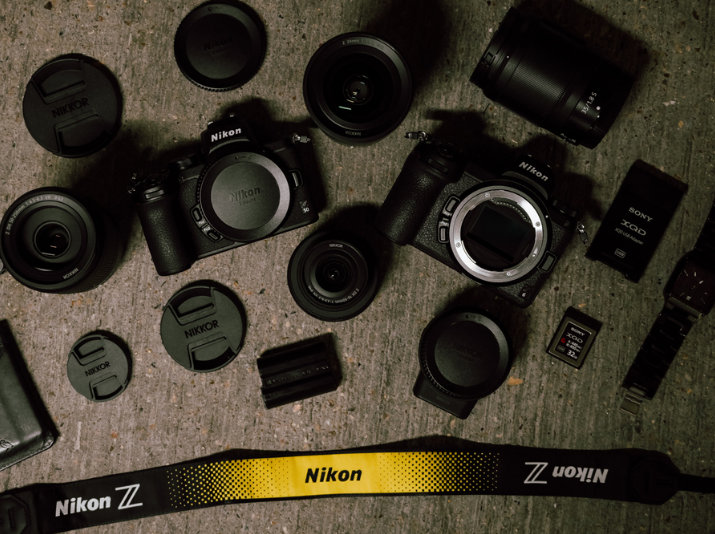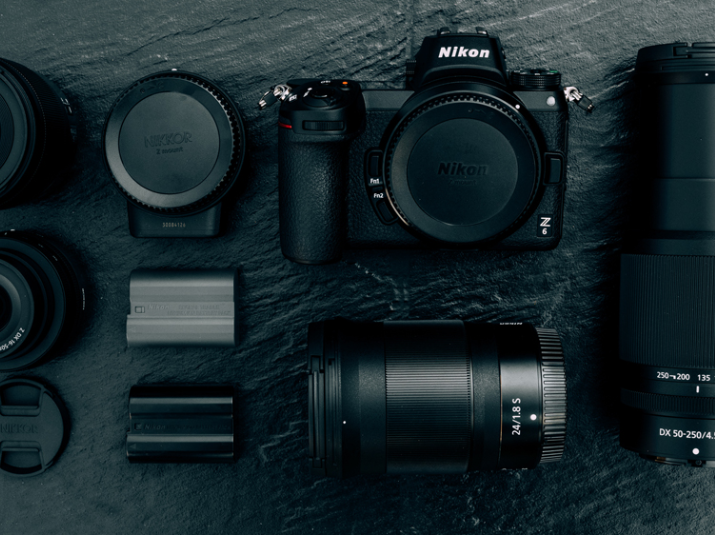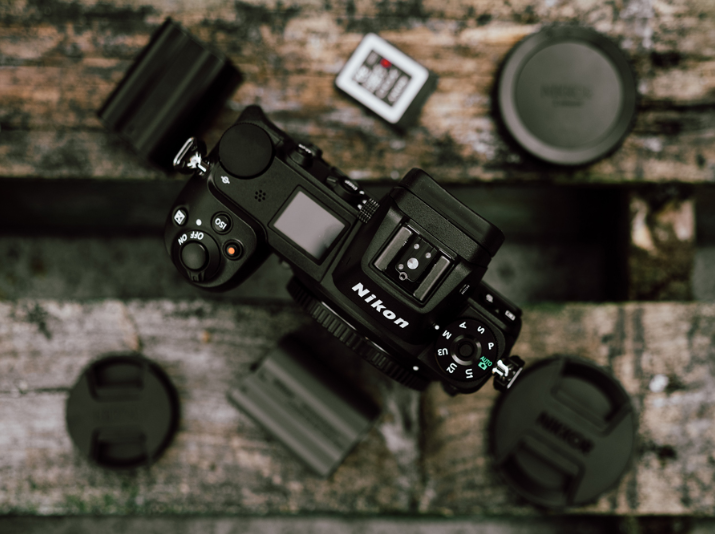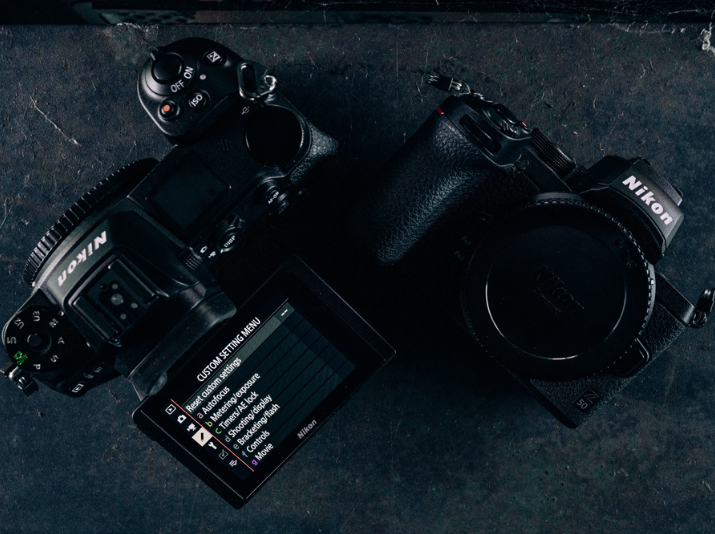Photography has played an immense role in the continual growth of social media over the years, and flat lay photography is a style used by many. From bloggers, chefs, graphic designers and of course photographers! You will often see flat lay photos on blogs, websites and Instagram. It’s a great way to share a personal story through objects and is known for gaining great interaction with viewers.
It’s been quite a while since I took some flat lay photos. A few years ago it used to be my go-to style when I worked as an in-house product photographer and designer for an independent gift company. I always loved when a new range of products would arrive and I had the opportunity to grab some different backgrounds to experiment with - whether it was using different coloured sheets of card or being able to box everything up and head out to find a location. I think coming from a street and documentary photography background is why I enjoyed this the most; Being able to explore and hunt down the perfect texture and light always made the result more rewarding.

